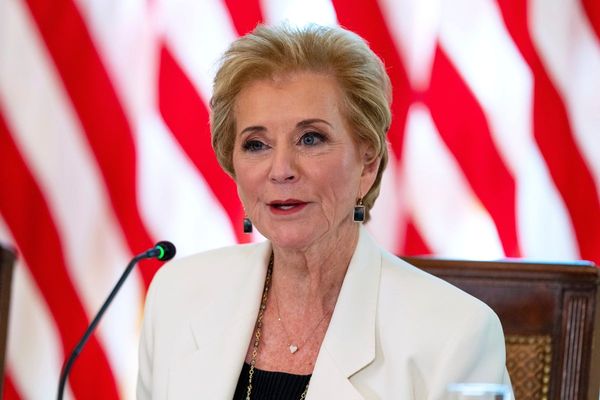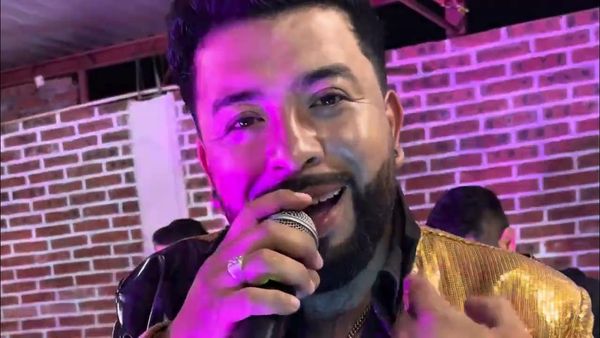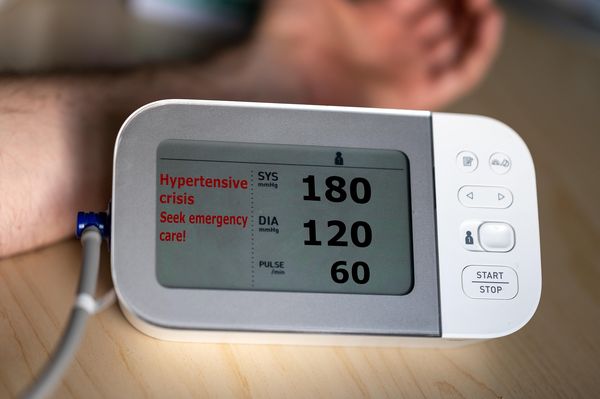
This morning the Food and Drug Administration approved Luxturna, a gene therapy to treat a rare form of blindness in kids and adults that will be sold by Philadelphia-based Spark Therapeutics.
“The culmination of decades of research has resulted in three gene therapy approvals this year for patients with serious and rare diseases. I believe gene therapy will become a mainstay in treating, and maybe curing, many of our most devastating and intractable illnesses,” said FDA Commissioner Scott Gottlieb, M.D., in a prepared statement.
A price for the new treatment will not be announced until January. In a note to investors, Michael Yee, an analyst at the investment bank Jefferies, assumed a $1 million price and said that sales of $50 million would be possible in 2018. However, he wrote, investors may be expecting an even higher number, which may not be reasonable given that the treatment won’t be available at the start of the year. Still, he argues, the stock could go up because of the long-term value of Luxturna and other gene therapies Spark is developing.
Spark emerged out of the work of Kathy High, a gene therapy pioneer at Children’s Hospital of Philadelphia who now serves as the company’s president and chief scientific officer. At the Forbes Healthcare Summit in November, Jeff Marrazzo, Spark’s chief executive and High’s co-founder at the company, discussed (or declined to discuss) the pricing and importance of Luxturna.
“[T]his is for a very rare form of inherited retinal dystrophy, which actually causes complete blindness,” Marrazzo said when asked about the price. “Patients progress over the course of their life to complete blindness. And even at early ages, they have substantial limits and need for independence, whether it’s on caregivers or additional assistance in things like school and education.” Through a single injection, he said, patients improved. Marrazzo told the story of a 38-year-old woman who, until participating in Spark’s clinical trial, had never held a job. After the gene therapy injection, she got her first job. “So you’re talking about transformation,” Marrazzo said.
“This is not the finish line for us,” Marrazzo said. “The approval would be the starting line, and now being able to bring it probably to patients who have these types of mutations, the obligation, as I see it, is to ensure that you have and ensure access. Ultimately if you price it at a point that is too high and you don’t have access, that’s actually not maximizing, certainly first and foremost for the patients, which I think that needs to be where we begin with. But also, if you don’t have patients who get on therapy, get access to this one time treatment, you’re not maximizing anything when it comes to generating revenue and top line for business.”
Wall Street’s bet? That $1 million is not too much to ask for curing blindness, allowing people to have jobs, and transforming their lives.







